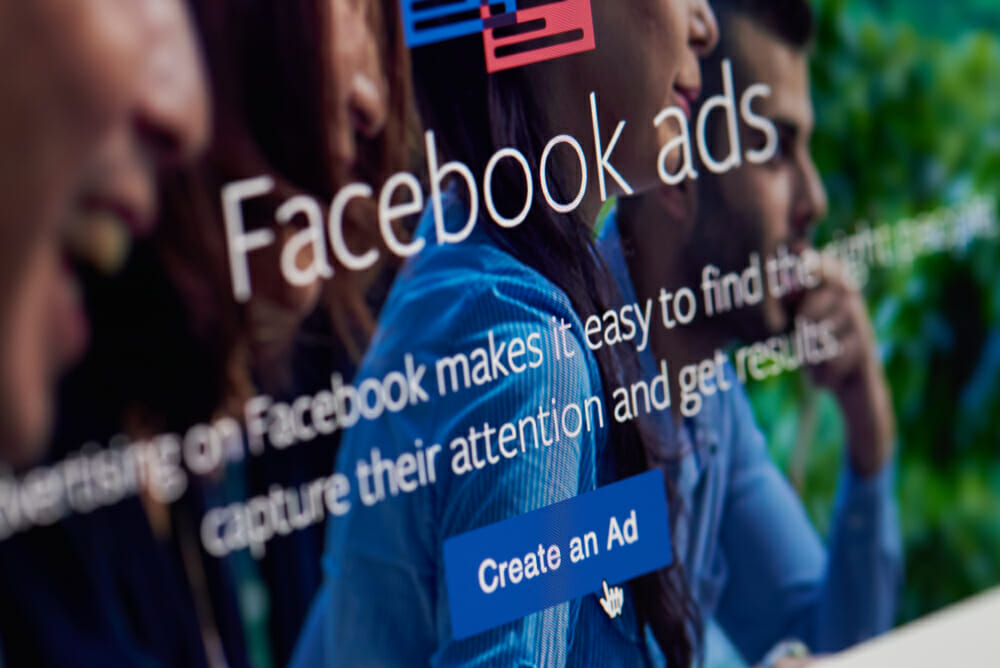In this post, we will give you a real-life illustration and insights based on our test in the fashion industry.
Facebook is quite a saturated platform, so how can one cut through the noise?
Besides an ever-increasing competition, in general, ads are becoming more innovative and advanced, capitalizing on the swift developments in Immersive Experiences, Chatbots, and AR. Nevertheless, not all advertisers have such a budget to invest in these innovations.
If you’re one of them with a tight budget, you can still considerably improve by focusing on the fundamentals, such as your ad copy length.
The Theory
One of the recent blog posts we created for a fashion brand is the one we used in testing ad copies. A principle we explored in that blog was “cognitive fluency.” What we are trying to say is that it’s the idea that the simpler and shorter a message is, the more likely it’s going to get your audience to take action. So, we decided to give it a test.
The Test
For three months, we ran a number of tests between long and short ad copy for a fashion brand. For the first campaign, we advertised beauty products, while the messaging of the second one focused on gifts for a special occasion.
For each campaign, we created two copy variants, where we kept the sentiment the same, which means that the length was the only difference, where we fitted the shorter ad copy into one line, then fitted the longer one into three lines.
We set up the experiment side by side, as an observational test. What this means is that we placed the ads into the same ad set, giving Facebook the chance to optimize the ad budget based on the relative performance of the ads.
Results Of the Two Campaigns
In the test we carried out, the prospecting audience of the beauty product did not show any significant preference when it comes to the length of the ad copy, but the retargeting audience showed an inclination towards the copy that’s shorter, which resulted in 64% of the clicks.
Just like the beauty campaign, the length of the ad copy did not make any difference for the special occasion audience, as the shorter variant drove 51% of the traffic. Nevertheless, for the audience we retargeted, the shorter ad copy drove 63.8%, which shows that retargeted audience prefers shorter copies.
When we checked other metrics, we noticed that the CPM, CPC, and CTR across the variations were all similar. So, how can we explain the traffic difference that occurred?
This is an excellent example of what we call the Breakdown Effect. What we simply mean is that the aim of the Facebook algorithm is to achieve the best overall results by providing different ad variants to different parts of the target audience. The Breakdown Effect, in this case, suggests that, when it comes to retargeting the audience, most people had a better resonance with a short version.
Contrary to the cognitive fluency principle, the short ad copy variants did not perform better in all instances, the results were rather more nuanced.





